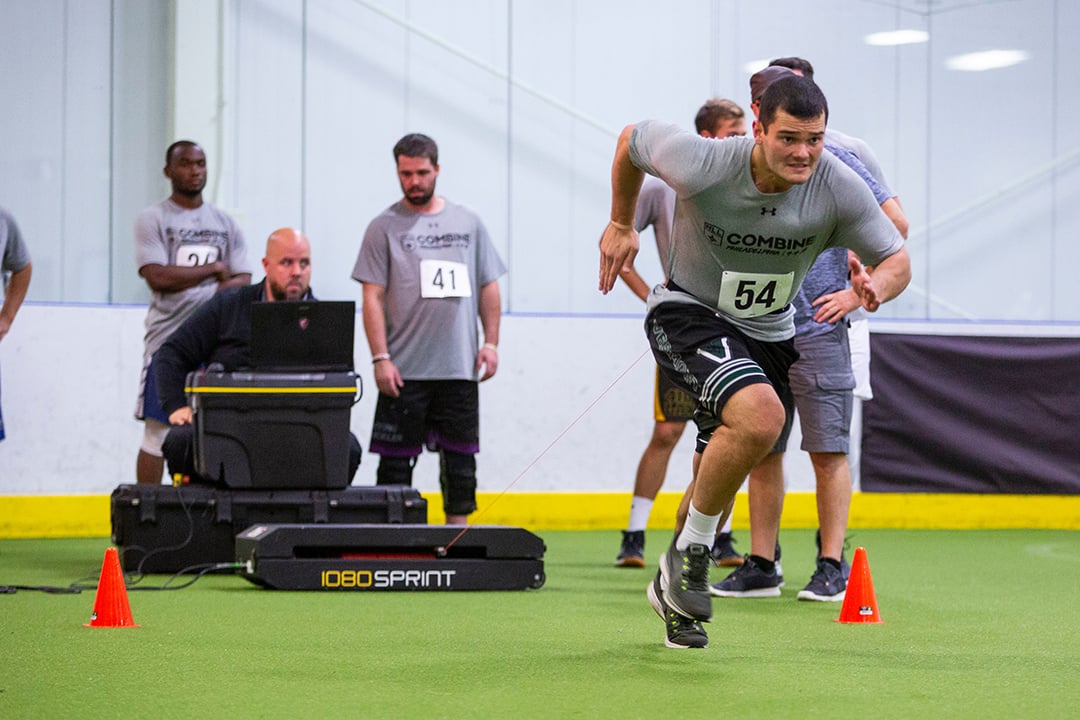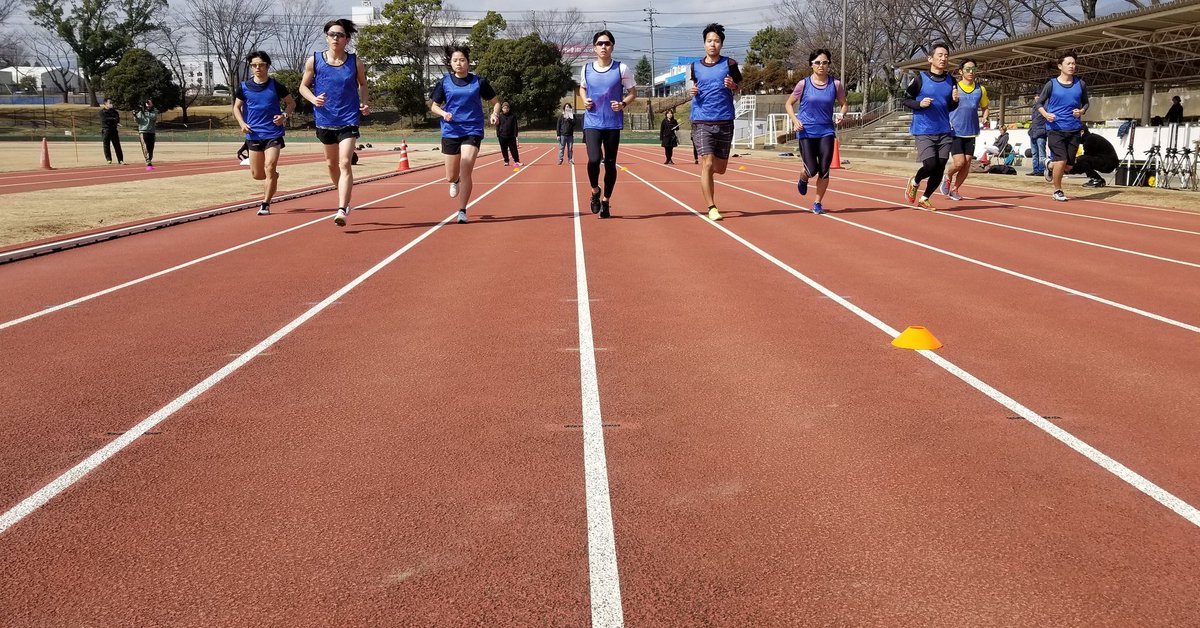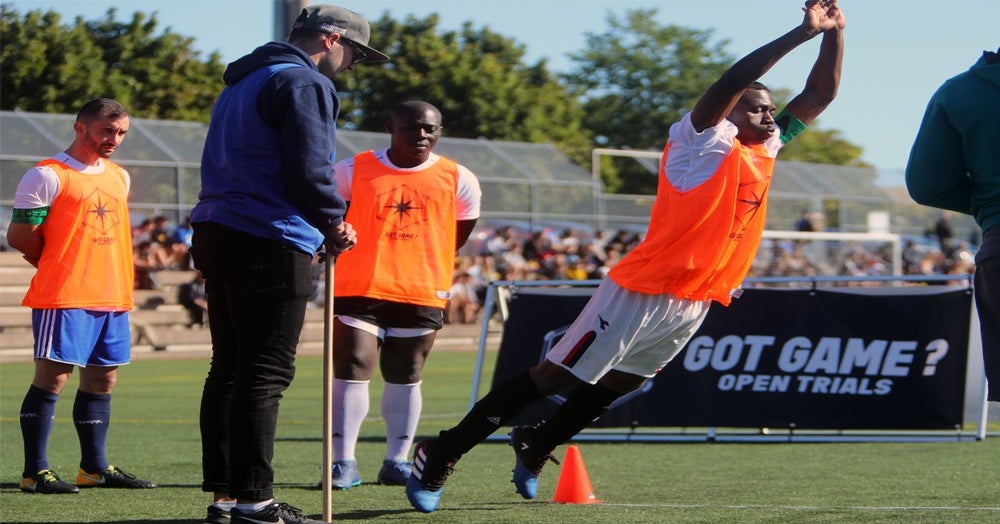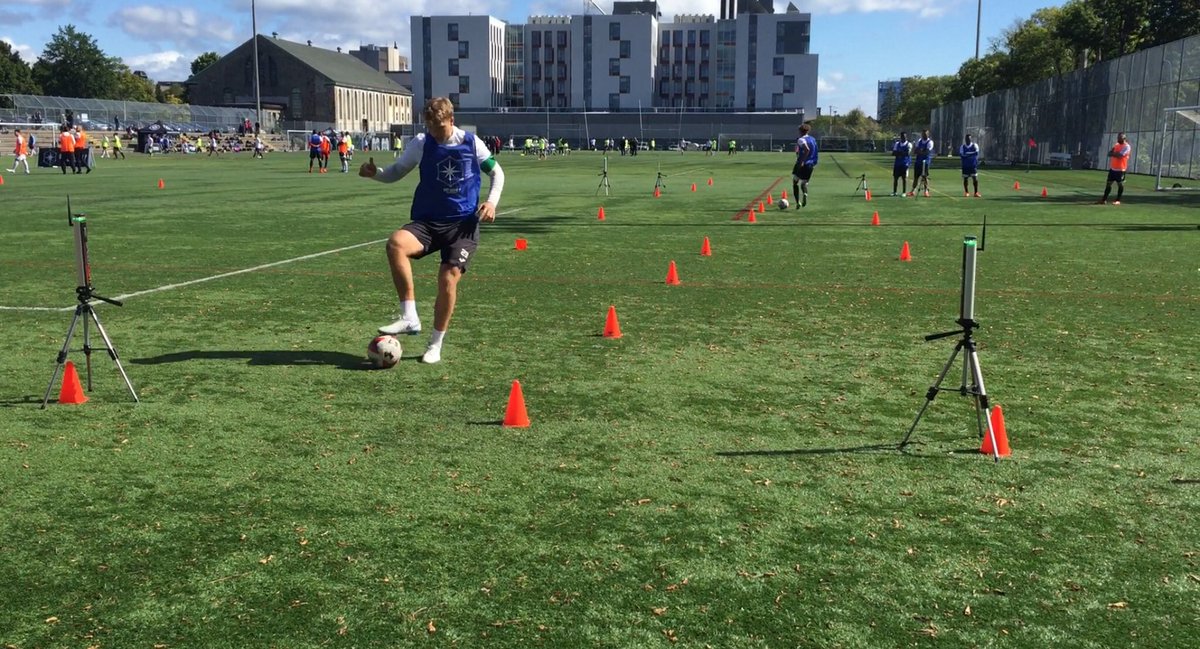
“Behind the Screen” is a spotlight series that introduces the faces behind Kinduct. This instalment features Ryan Smyth.
What do you do at Kinduct and how long have you been with the company?
For the last two years, I’ve been working as Kinduct’s Senior Sports Technologist. What this position mainly entails is designing athlete assessments and reports for combines, organizations, and teams with an emphasis on technology.
What’s your background in?
Prior to joining Kinduct, I worked as a Senior Technical Director at TSN. I studied radio, film and television, before specializing in broadcast engineering in my final years. After my stint at TSN, I worked for the NHL’s Anaheim Ducks as a sports technologist and analyst.

How did you get into the industry? Was athlete testing something you were always interested in?
I’ve always loved sports — playing recreationally, later working for TSN, and I even ran a moderately-successful sports podcast called One Second Left at one point. Athlete testing hasn’t always been my main interest, but I do feel it was a natural transition for me.

How has the technology you use changed since you started this job?
More integrations and fewer one-size-fits-all solutions. And the result is better technology. Also, the user interfaces and reporting tools have come a long way.
How does an AMS like Kinduct come into play for someone like you?
I use the Kinduct Athlete Management System to store, organize, and score all the data that I collect. Having a single system to manage that data streamlines my workflow and makes reporting and performance review much easier.

What are some common misconceptions of what you do (and athlete testing in general)?
One of the biggest challenges I face is that many teams think that moving their traditional assessment methods over to a platform like Kinduct will undermine their historical data. But what we try to inform them of is that Kinduct works really hard to ensure that doesn’t happen. By incorporating all of their historical data into our Athlete Management System, their existing data is never lost. Additionally, most of our new technologies build off those basic metrics anyway, which also helps avoid that break between the “old versus new” data.
What do you love most about sports and working with athletes?
Well, I mean, it’s exciting, isn’t it? These athletes are so passionate about what they do, and the energy they bring to their profession is contagious. I honestly can say I don’t have a favourite team anymore because, after meeting these people in person, I’m genuinely rooting for each and every one of them.

How do you try to make your approach to athlete testing unique?
For the longest time, I tried to replicate what others in the industry were doing. My approach was very basic, and didn’t provide a whole lot of value to the clients. I wanted to see more than how long it took an athlete to run from point A to point B. I knew I wanted more context, and I knew the athletes did too. I needed to answer questions like: How fast did they run? Where did they reach their peak speed? What did their first five steps look like? So on and so forth. All those things are so, so valuable but weren’t being collected. I take that approach to each protocol we test: Is there something else we should be looking for and, if so, how would it help the athlete at the end of the day? It’s not about collecting the most data possible, it’s about collecting the most-valuable data.
What kind of role do you see technology playing in the future/evolution of sports and their athletes?
The sky’s the limit, really. Fan involvement, gambling, scouting, etc., we are going to see technology inserting itself into so many aspects of sport. But the thing I’m most excited about is in improving performance and reducing injuries. The physical price that high performance athletes pay to play their sport is too high, and I believe that technology can change that.
If you’d like to read our previous “Behind the Screen,” click here.
Or visit this page to learn more about Kinduct’s Athlete Management System.